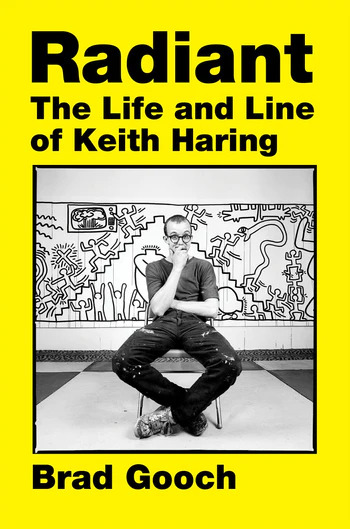Mayor John Lindsay declared war on New York’s graffiti in 1972. It was a curious move, even in an era known for unwinnable conflicts. Many residents hated graffiti, of course, but it didn’t lack for fans in high places. The previous year, the Times had published an admiring profile of Taki, a teen-ager who scribbled his tag, TAKI 183, on walls and subway cars across the five boroughs. In 1974, Norman Mailer wrote a long essay for Esquire in which he compared Taki et al. to van Gogh. But the Mayor had spoken, and for the rest of the seventies the M.T.A. spent millions of dollars keeping the trains gray, which mainly seemed to encourage people to gussy them up again. By 1982, the year of Keith Haring’s career-making solo show at the Tony Shafrazi Gallery, there was nothing groundbreaking about the idea that graffiti could be real art.
What was still novel was the idea that graffiti could sell for real money. At the end of the summer, the stock market began its famed five-year sprint, yanking the art market behind it. A newly loaded clientele went south of Fourteenth Street, where the principal crops included cocaine, rancid apartments, and most of the worthwhile culture within the city limits. In a single year, more than twenty galleries sprouted in the East Village alone. There were already spaces where graffiti artists could display their work—Fashion Moda, in the South Bronx, was the best known—but not for these prices. Between 1980 and 1982, Haring filled subway stations with hundreds of chalk drawings of babies, U.F.O.s, dogs, and televisions; for his solo show, he covered Shafrazi’s walls in the same sorts of images. Within a few days of the opening, he had sold around a quarter of a million dollars’ worth of work. If you bought something, you were buying graffiti, but a special kind that you could hang in your home, regardless of whether you cared to see it on your block.
